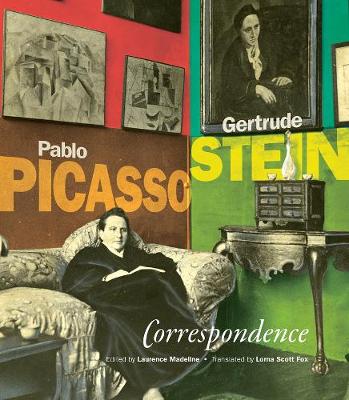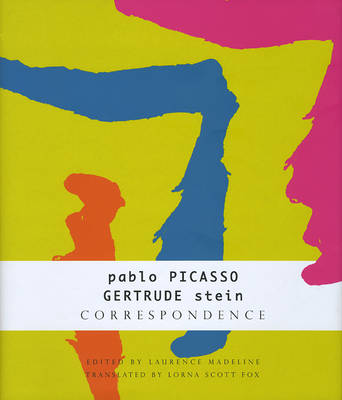The French List - (Seagull titles CHUP)
2 total works
Pablo Picasso and Gertrude Stein. Few can be said to have had as broad an impact on European art in the twentieth century as these two cultural giants. Pablo Picasso, a pioneering visual artist, created a prolific and widely influential body of work. Gertrude Stein, an intellectual tastemaker, hosted the leading salon for artists and writers between the wars in her Paris apartment, welcoming Henri Matisse, Ernest Hemingway, and Ezra Pound to weekly events at her home to discuss art and literature. It comes as no surprise, then, that Picasso and Stein were fast friends and frequent confidantes. Through Picasso and Stein's casual notes and reflective letters, this volume of correspondence between the two captures Paris both in the golden age of the early twentieth century and in one of its darkest hours, the Nazi occupation through mentions of dinner parties, lovers, work, and the crises of the two world wars. Illustrated with photographs and postcards, as well as drawings and paintings by Picasso, this collection captures an exhilarating period in European culture through the minds of two artistic greats.
Correspondence - Pablo Picasso and Gertrude Stein
by Gertrude Stein, Pablo Picasso, Lorna Scott Fox, and Laurence Madeline
Published 1 November 2008
Pablo Picasso was one of the most prodigious and revolutionary artists in the history of Western painting. Gertrude Stein was an avant-garde American writer, art collector, eccentric and self-styled genius. Her Paris home was the leading salon for artists and writers between the Wars. Picasso painted Stein's portrait and they became firm friends. Their correspondence extends across a time of extraordinary social and political change, between 1906 and 1944, effectively from the Belle Epoque to the German Occupation of the Second World War.Both wrote in French - a language neither ever entirely mastered. Written as letters, cards and scribbled notes, their intimate correspondence touches lightly on both the weighty and the everyday - holidays, money, dinner invitations, art, family, lovers, travel arrangements, how work goes, or the war. The correspondence has been carefully edited and is presented by period, with each introduced with an outline of significant personal and historical events of the time. Explanatory notes to the letters are also included.

